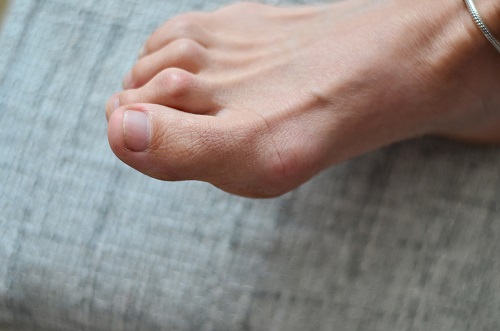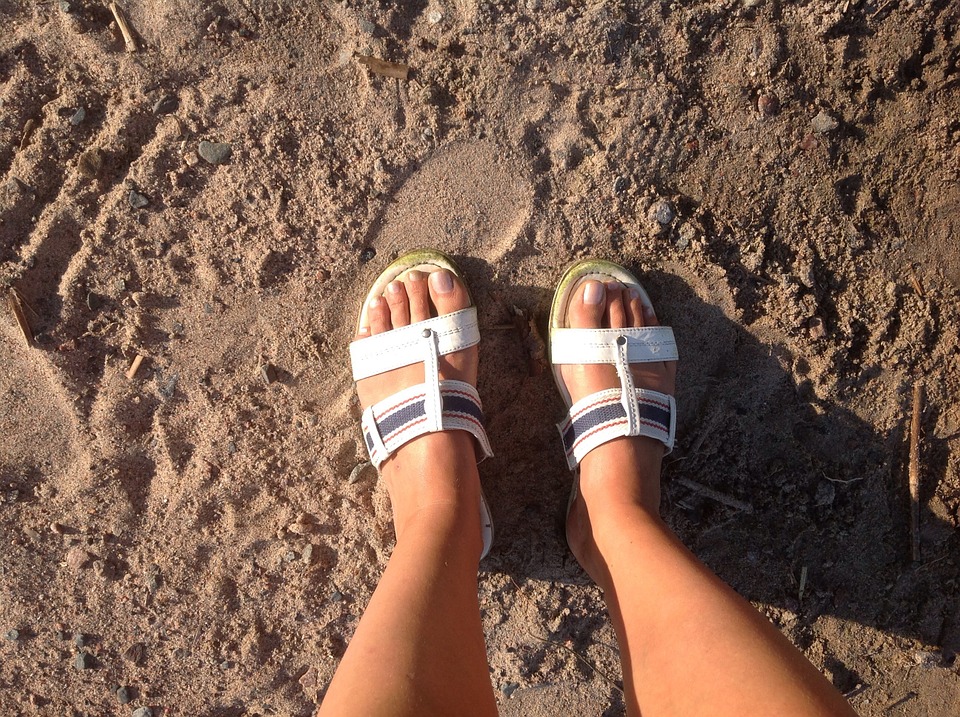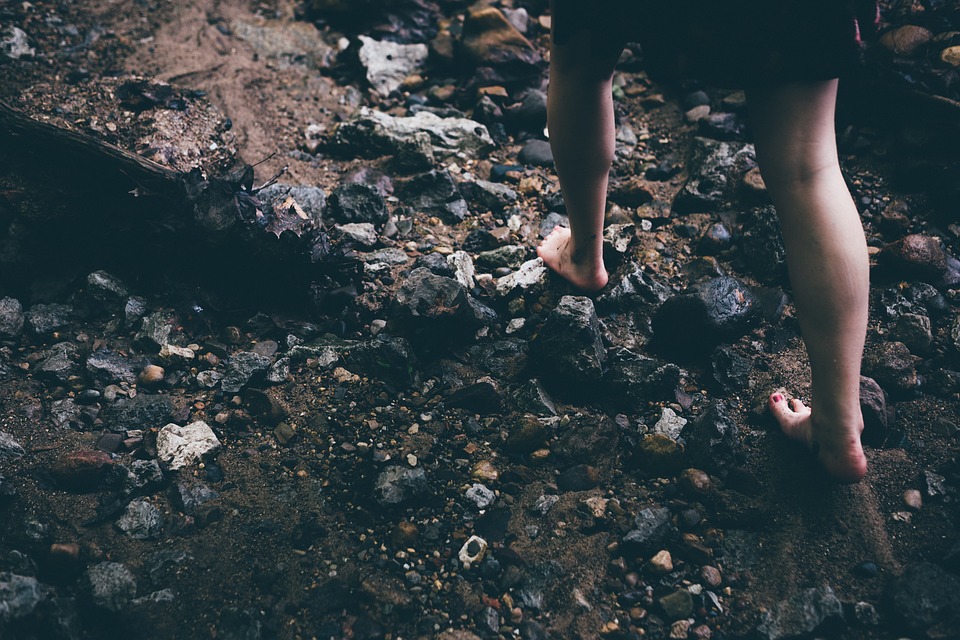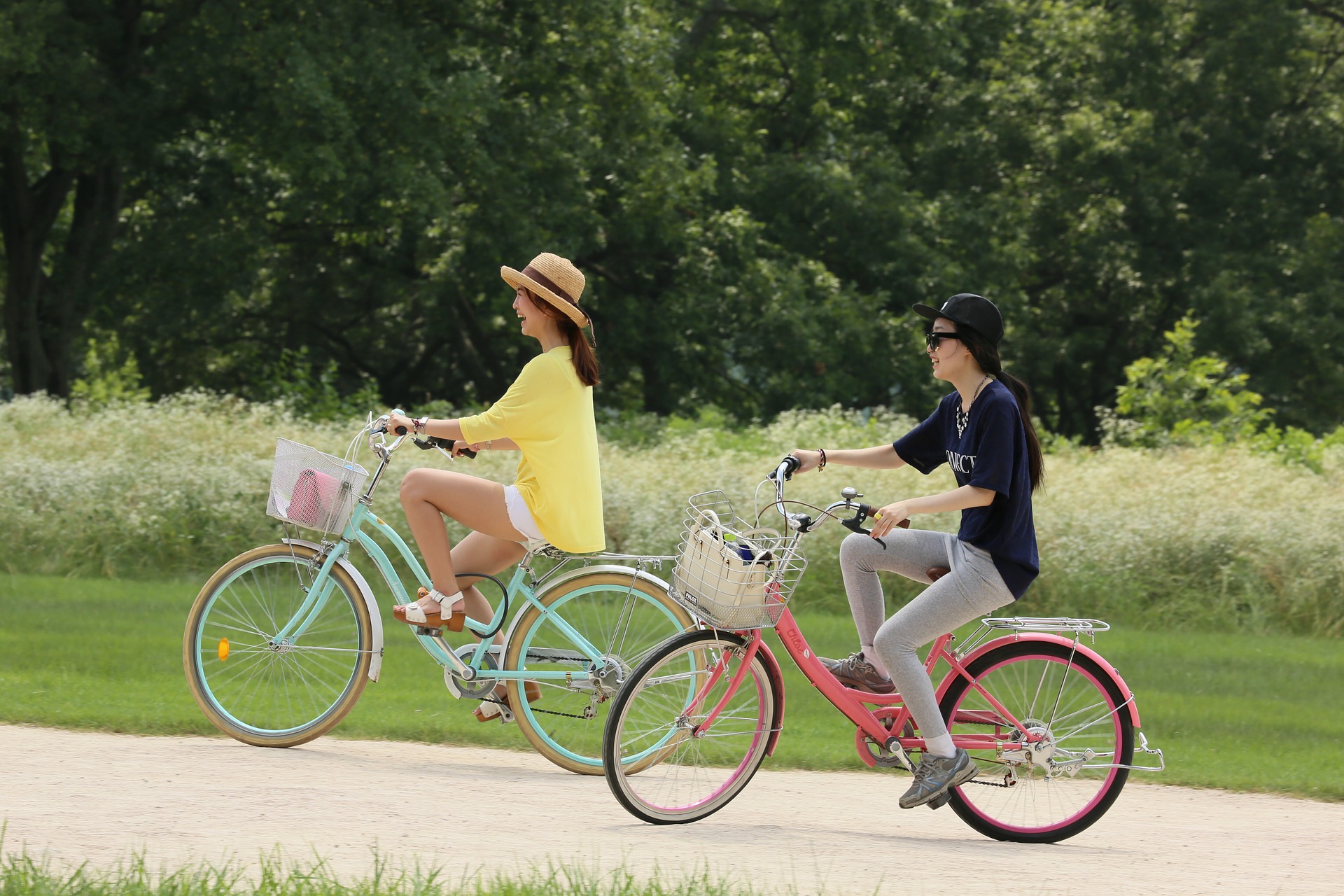Hammertoes are an affliction that affects millions of Americans. They can be very painful and disabling – not allowing people to be fully active because of the pain. Hammertoes may also be referred to as mallet toes or claw toes depending on their appearance and seldom affect the big toe.
Causes
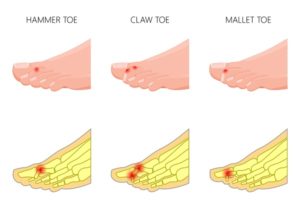
Hammertoes can be caused by a shoe that is too tight, so make sure the shoe fits properly. This is especially true if one toe is slightly longer than the adjacent toes. This can push or shove on the toe to deform it. Hammer toes can also be caused by nerve problems that result in muscle weakness such as a drop foot condition or Charcot-Marie tooth disease. However, in most cases the cause could be from an imbalance between the flexor tendons and the extensor tendons that pull the toes up towards you. This imbalance causes the toe to flex.
In the affected toe the area of irritation may be on the tip of the toe, which if flexed too much bears weight rather than the fatty pad that it should rest on. This can be very painful and can result in the development of corn. The reason why is because the toe is resting on skin and bone instead of the fatty pad it should be resting on. When this results in corn, a vicious cycle starts. The toe is never straight, you can trim off the corn or callus, but it keeps coming back time after time.
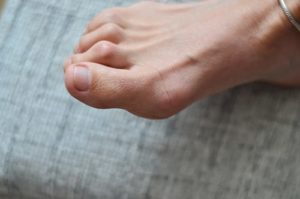
The other area that can be affected with a hammertoe is the knuckle of the toe. When the toe is flexed, it is also sitting higher than the other toes and may rub against your shoe gear. So selecting a shoe with a deeper toe box and avoiding heels should be considered. There are other cases where a toe may be angulated slightly, which happens a lot on the fifth toe. And this sideways angulation, along with the flexion, creates irritation between the neighboring toe and the corn can result between the two toes. So how does one straighten a hammertoe?
Treatments
Treatment options can vary, including wearing wider shoes or shoes with a deeper toe box. Padding can also be used to help alleviate the pressure in these particular areas. Your doctor may recommend arch supports or shoe inserts. For many, however, these treatment options are a constant battle and may never resolve the problem permanently. Therefore, your doctor may recommend surgery to straighten the toe.
For those that require surgery to straighten the toe here are the three options.
Option 1
For more mild hammertoes, it may involve simply making a small incision on the toe to release the tendon that flexes the toe down. And this can be quite rewarding if the deformity is quite mild.
Option 2
Another treatment option would be to remove the knuckle. The bony joint knuckle is removed in many cases, which allows the toe to be straightened more easily and to stay in this corrected position. By removing the toe joint, the toe still can function, but these toes do not need a joint as they do not bear a load such as a knee. This is oftentimes highly successful for patients.
Option 3
The most aggressive treatment for more severe hammertoes would be the type of surgery where a pin is used. And in some cases, the pin may be kept in but in most cases, they are removed. There are also various types of implants that are placed in the toe to make sure that the toe stays straight. In all of these cases the joint is removed for the placement of the implant. Recovery can vary from a few days in a dressing or up to three weeks in a dressing before returning to shoes.
Overall, when the problem becomes severe and you are constantly having to pad the area or trim off the corn or callus, it’s important to consider the surgical option because for many, this can be the best treatment and has very little risk involved. The risk reward ratio for this tends to be high. So, for many doctors, it is recommended that surgical treatment should be considered. If you’re not satisfied with the treatments that you’ve been carrying on yourself, you may consider visiting Anderson Podiatry Center for further evaluation of the options that we can offer you.
